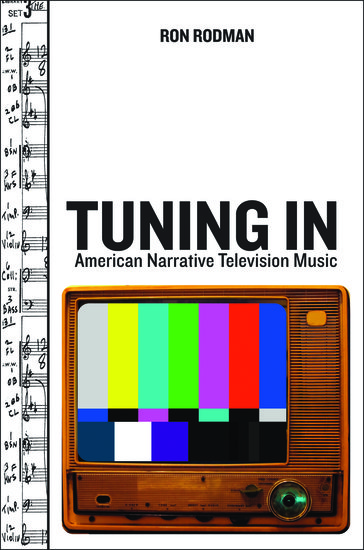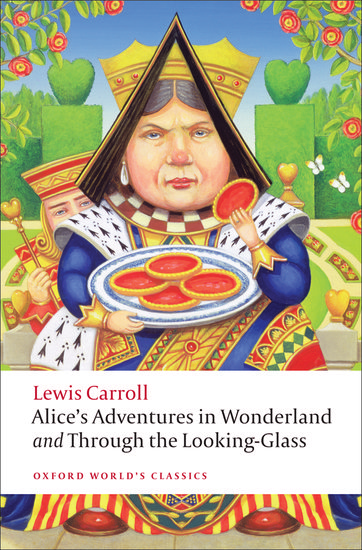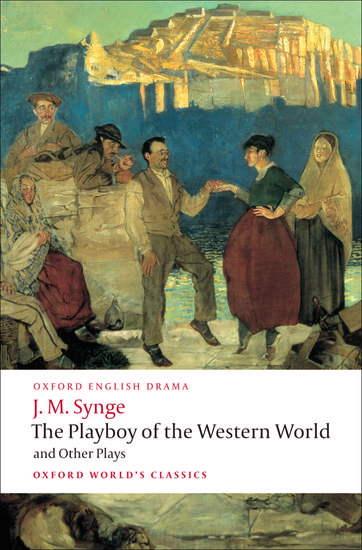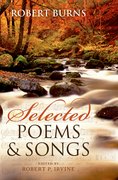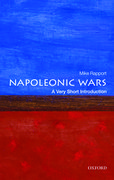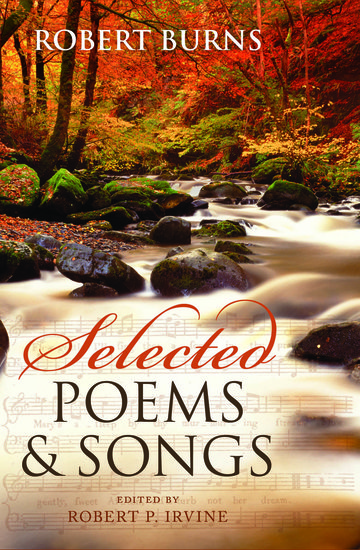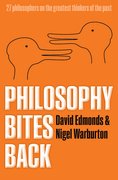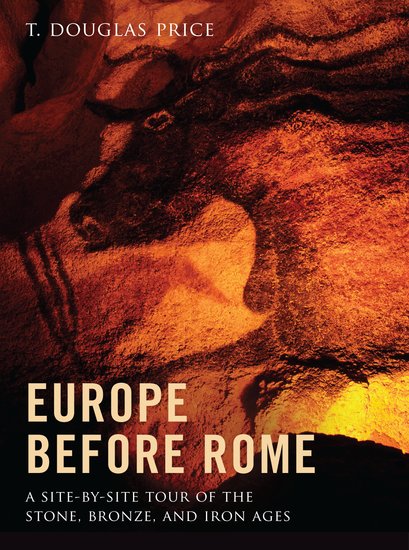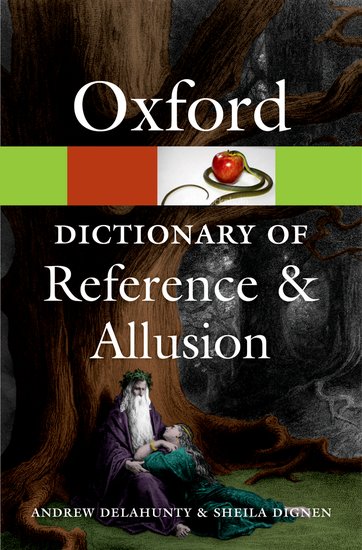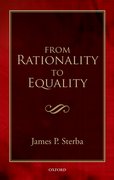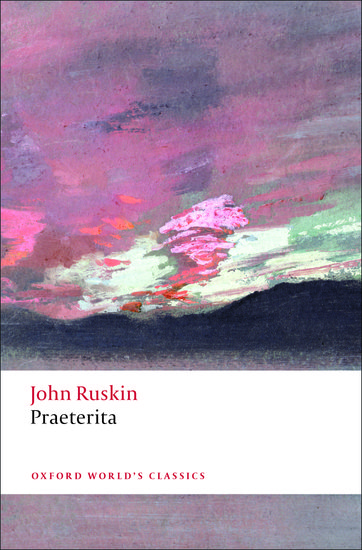The Subject is Jazz
The New Year is a time of looking forward to the future and back to the past. Looking back, last year witnessed the death of Dave Brubeck, one of the all time great jazz musicians. Brubeck became famous through his live performances and his recordings, especially the seminal Time Out album released in 1958. But he also became famous through his many appearances on American and international television.

